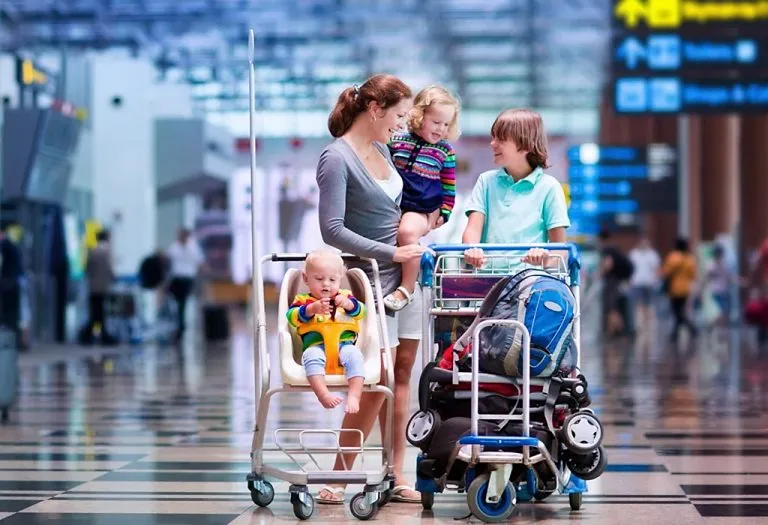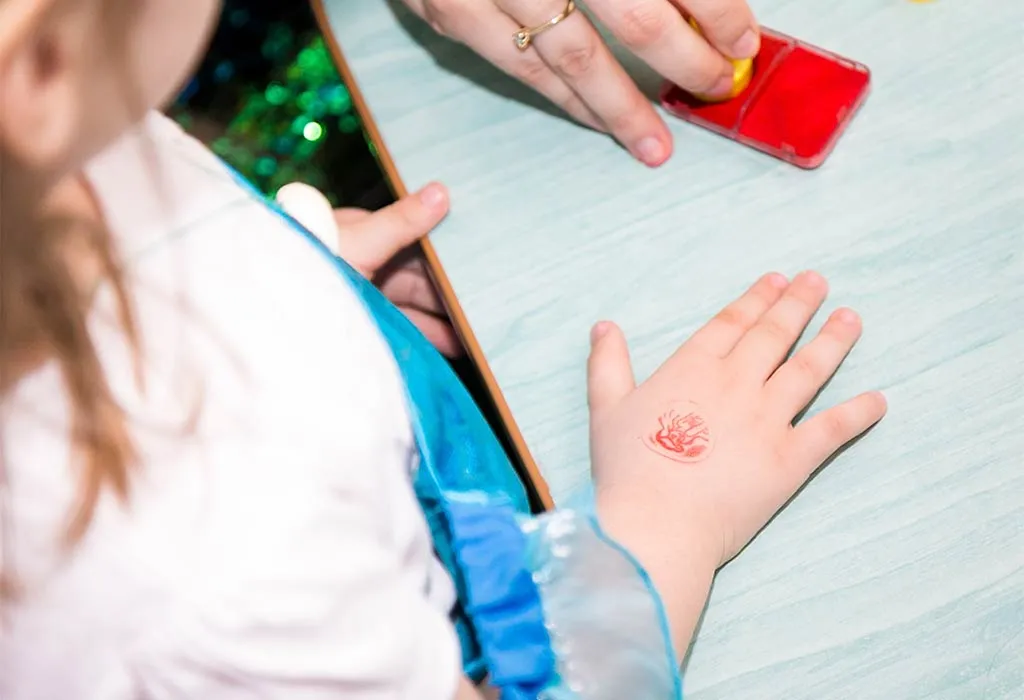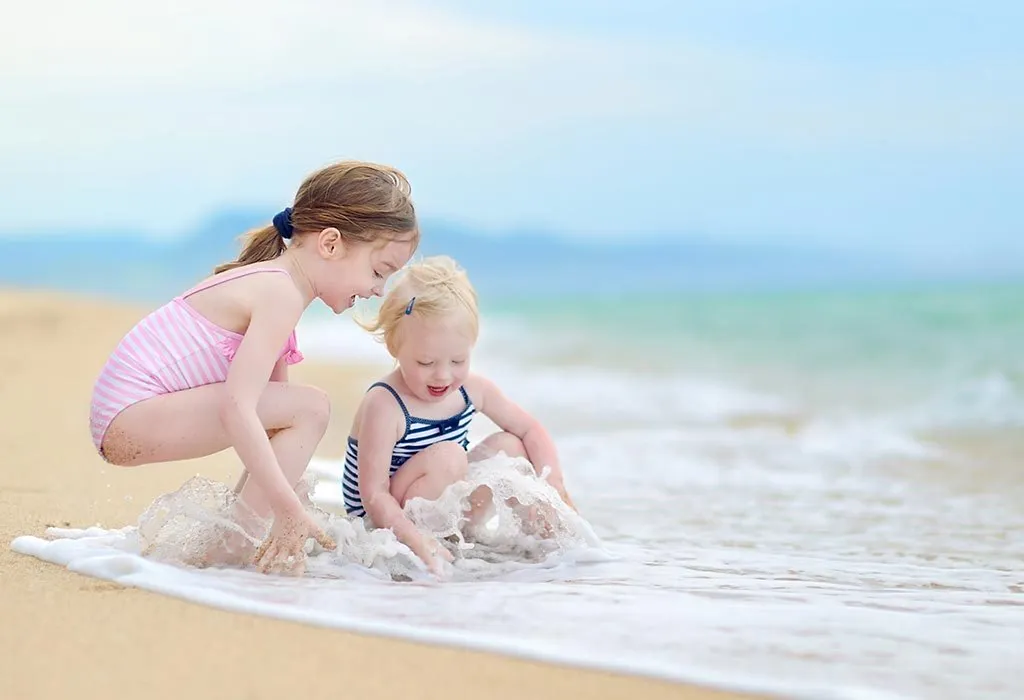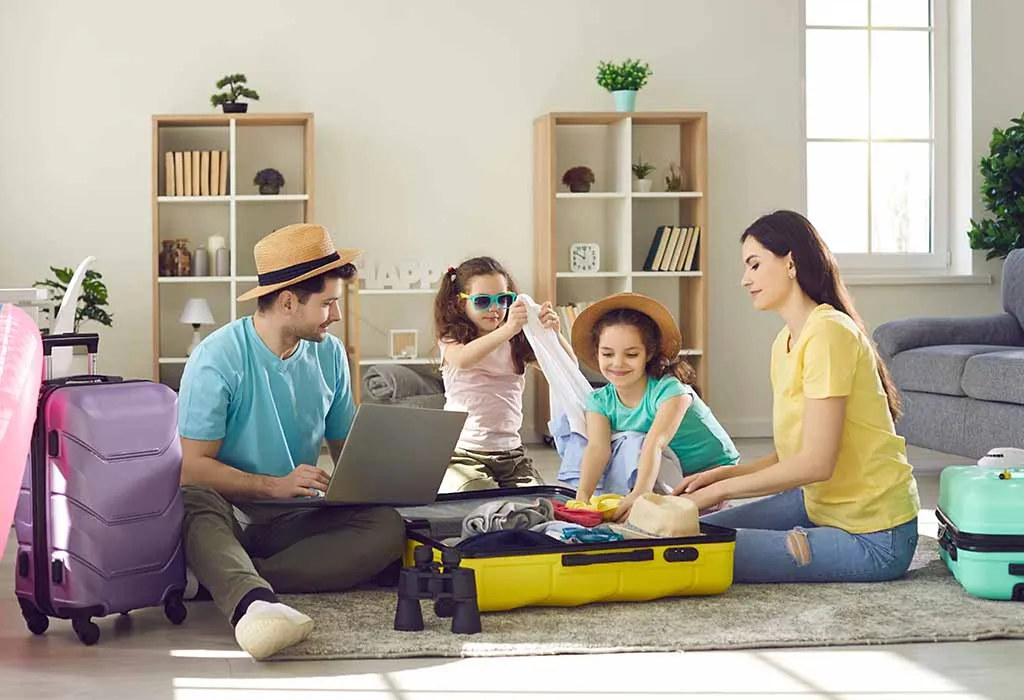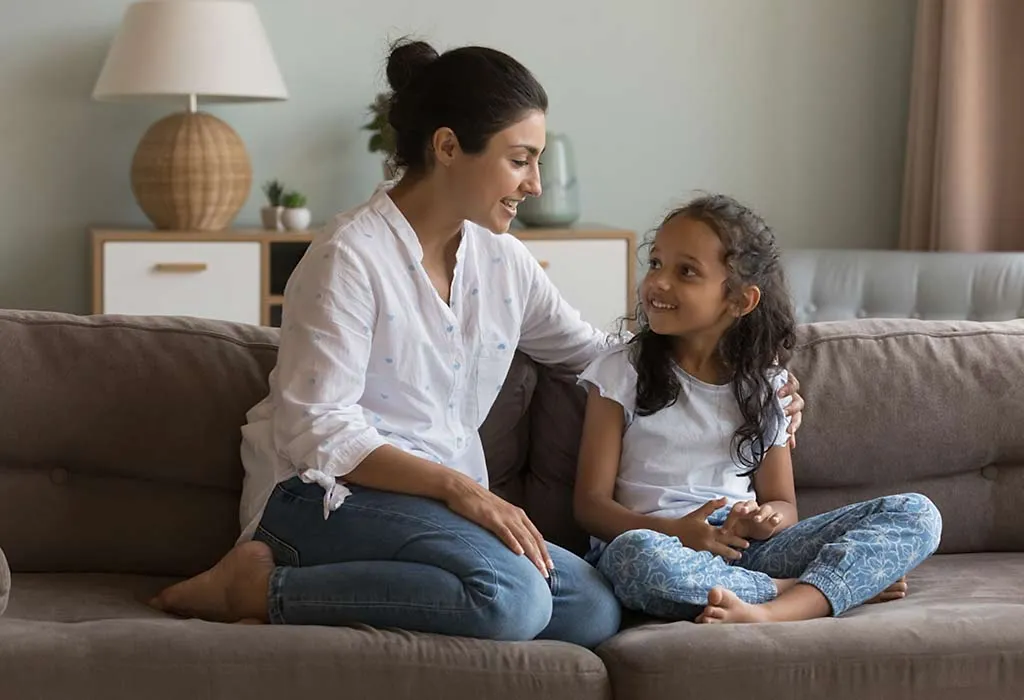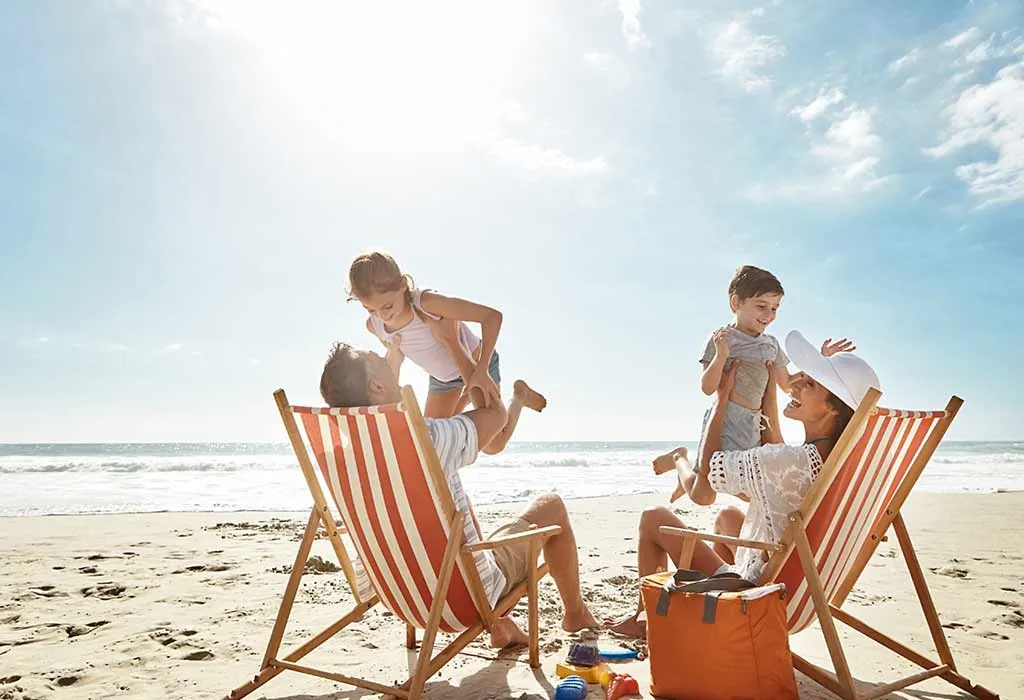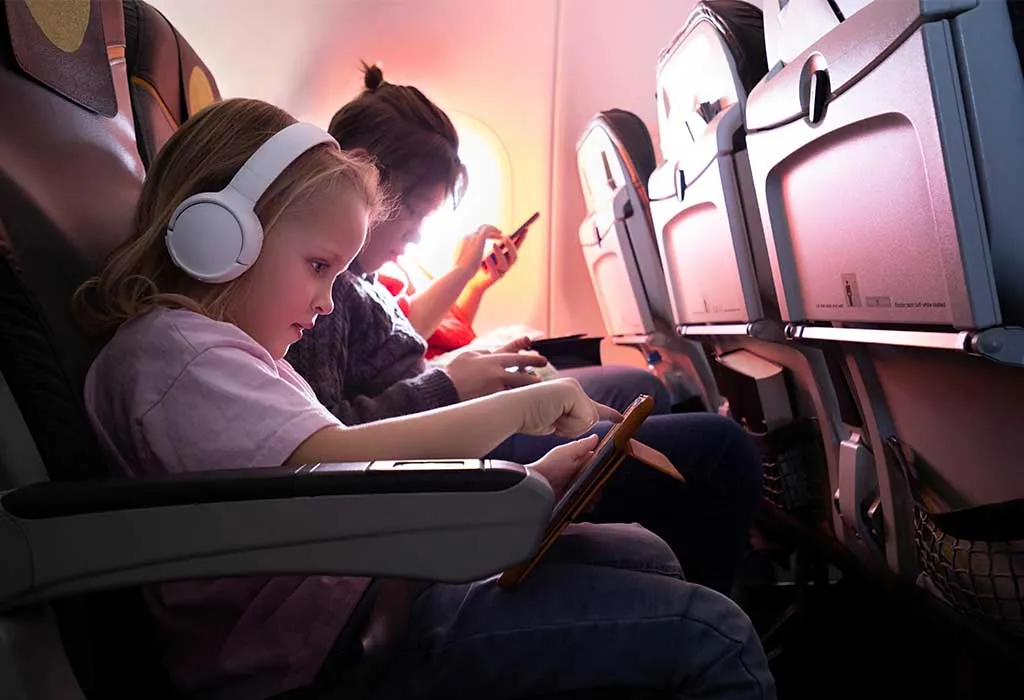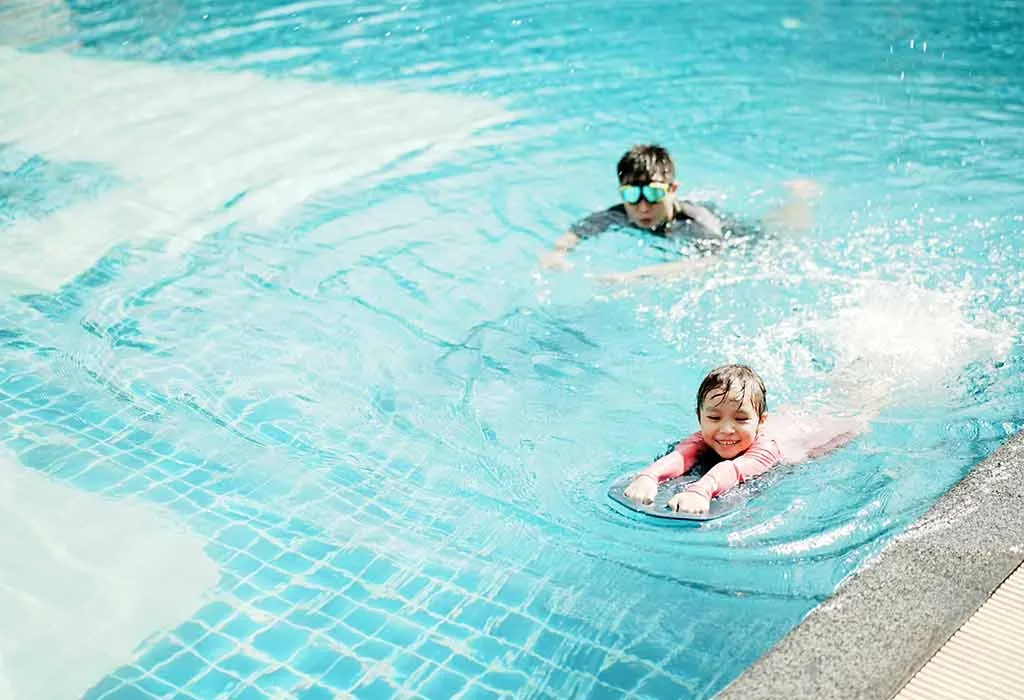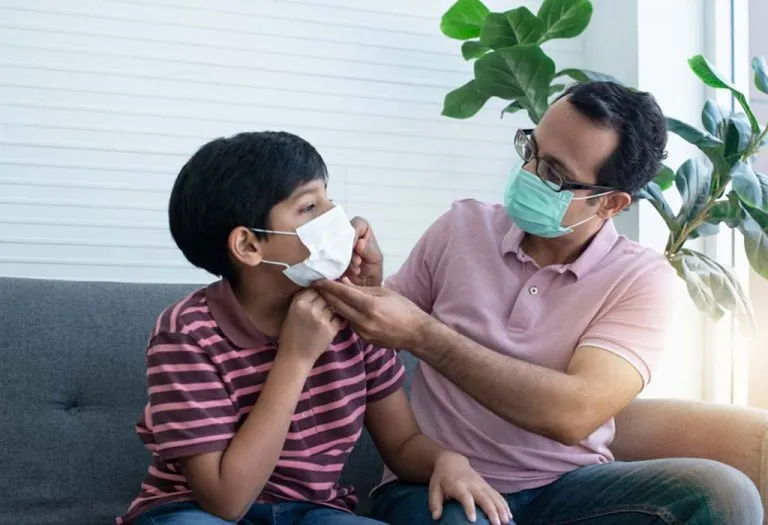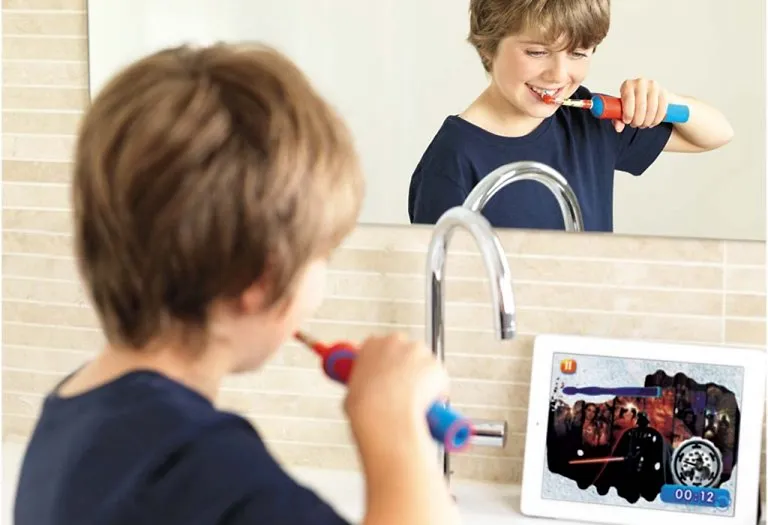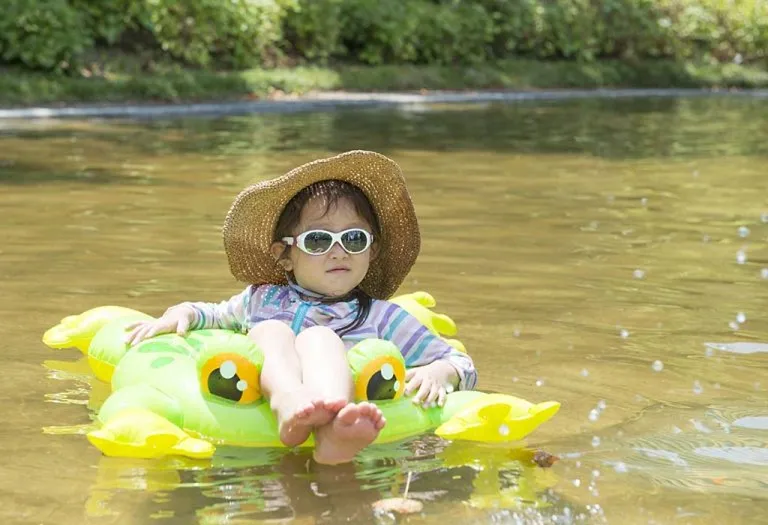How to Travel With Kids – 25 Essential Tips
Be it travelling with preschoolers or with other kids; the entire trip can turn into a nightmare when things go berserk and out of hand. The key steps need to be taken while planning the trip, requiring a communion of sorts with everyone in the home. This mindset needs to be put into action as well when you are in the actual trip, and things might not necessarily go according to plan. Some children don’t like the prospect of travel while others might be excited early but get bored pretty soon when the travelling kicks in. Taking into account all these possibilities while travelling with kids will work to your benefit in the long run. Read on for some tips on how to travel with kids.
How to Travel With Kids – 25 Best Tips
To make it easier for parents who are attempting to travel with their children for the first time or even all over again, we have put together a child and toddler travel checklist that has numerous tips and advice, which can help you assemble your trip with ease.
1. Do Not Rush
Let this be your mantra irrespective of the stage of the trip. While planning your trip together, make sure you take care of all contingencies and keep a good time at each place to ensure that you are not rushing to reach somewhere else. This can easily happen when you happen to be late for your flight or your train. The movie Home Alone might be fiction, but children do often get lost in the hustle-bustle of the journey. Be patient and calm wherever you are.
2. Restrict Your Luggage
Most people tend to overestimate their needs during the trip and end up packing a lot of stuff that they may not even use throughout the trip. Overpacking can easily be confounding since every single item might feel necessary. Make your choices and prioritize the essentials, while also keeping a rational outlook for disposables. A lot of stuff, such as diapers or wipes, can be bought wherever you might be, so you only need to carry a bunch of them with you.
3. Choosing Between Homes and Hotels
This is a choice where the understanding of your own family might play a vital role or even their voluntary choice. Depending on where you are taking the trip, you might be on the fence about booking a hotel or a vacation home. A hotel does have its benefits, taking care of numerous activities for you. But having a home all to yourself can give you the freedom to make it as comfortable as you want it to be, and bring a sense of absolute privacy as well. Do give this some good thought.
4. Book the Place After Examining the Location
It might be tempting to quickly see the price of the hotel rooms and book it right away. Sure, the reviews are good, and the rating might be fantastic. But the presence of the hotel on a high hill might pose problems to you around pushing your pram all the way up. You might be recovering from your pregnancy, making the entire walk a hectic one. Such random factors can play an important role in deciding the mood of your trip.
5. Mark Your Child
Some parents might find this animalistic, but it is beneficial for your child. No matter how well you plan, children are random variables that might bring unforeseen circumstances into your perfect equation. Make sure to put an identity on your child, either in the form of a locket around their neck, or a temporary tattoo of sorts, which has all the details one might require to contact you, should your child stray away.
6. The Pool With the Sea
Heading to the beach might be your choice, but your kids might prefer to spend a major portion of their time playing around in the pool. If you are taking your children to the sea for the first time, be prepared for this since they might not be on the same page as you. Book a place that has a swimming pool in its vicinity so that your children can choose to dip in whichever water they please.
7. A Pram Versus a Sling
Carrying your kid or your toddler is yet another decision to make. Having a light pram that is compact and can fit with your luggage is a great option that takes minimal space and gives you the freedom of not carrying the child. Some parents prefer having a hands-free sling around their body to hold their child as well. This usually depends on your child’s weight and your fitness level.
8. Organise Luggage Appropriately
While travelling on flights, you ought to take extra care while packing. Make sure you pack the right luggage in the right bag. This needs to be a combination of items that your kid might require on the flight versus maintaining the weight norms for carry-on and check-in luggage. Try to use fanny packs to keep some items you frequently use right in it so that it doesn’t add to your carry-on luggage.
9. Choose the Right Flights
Here’s another situation that requires a balance between ease and cost. Going for a flight that is red-eye can save you some money, but be assured that your children will be cranky and your first day of the trip after you land might not be the ideal one. Also, having your little one cry throughout the flight is disturbing for you as well as everybody else. Best to choose evening flights even if you might have to pay a little more.
10. Choose the Right Seats
While travelling through trains, try to get window seats so that your child has something to look at and not get bored. While in a plane, opt for an aisle seat in the middle area of the plane to make it easier for you to walk your child or use the loo if needed.
11. Research Your Trip Locations
Travelling to an exotic place might be on your cards, but there might be certain precautions you would discover only after landing there. These could range from the propensity for certain diseases or visa-related rules that you were initially unaware of. Educate yourself thoroughly around these.
12. A Practice Trip
Before jumping on a vacation to a far-away destination, opt for a smaller domestic one. This could give you an idea of how well you manage to stick to your plan and how comfortable your child is with the entire concept of travelling.
13. Go for Web Check-Ins
Yes, some of them might cost a bit extra, but it is worth the peace of mind when you can walk to the airport, drop your luggage, get through security and wait for your flight. This always beats standing in line for long hours and waiting for your boarding pass.
14. Keep Enough Breaks
Some children tend to find travelling a little too hectic. Constantly going from one place to other can make them fussy. Keep a few breaks between each leg of the journey so that they don’t feel like rushing to meet a deadline.
15. Hypothesize Your Mistakes
Pinpoint planning and having everything decided down to the letter could make your entire programme feel invulnerable. But keep an open mind and try to go through each item, wondering what could go wrong with it. Check if you have contingencies in place to deal with such problems.
16. Sit Your Kids Down
Once you have a vacation in place, get your children together and walk them through the entire trip. This helps them get excited about the vacation, have a better idea of what’s to come or make you known about certain issues they might have.
17. Keep Room for Improvisation
Planning is good, but over-planning isn’t. You might have decided to visit a popular museum but might encounter an even interesting place after you reach your location. Keep space for such impromptu decisions and change your plans accordingly.
18. Travel With Another Family
Having a few more hands to help you around with some things always works better. Do have an understanding of splitting the expenses before you leave for the trip so that you can focus on the journey and not worry about money.
19. Stay Calm
This is an important tip for traveling with kids. Things might go wrong during the trip and the worst you can have is a child that is freaking out. By keeping yourself calm, you can help the child calm himself down as well and handle the situation in a better way.
20. Enjoy the Trip
Constantly thinking about the plan, the issues, and problems doesn’t make for a good vacation. Remember to let go of constant control and go with the flow once in a while.
21. Pack a “Surprise Bag” for Long Journeys
Fill a small backpack with 5-6 new, inexpensive toys and activities from the dollar store. Good options include mini coloring books with crayons, sticker books, small puzzles, or little action figures. Wrap each item individually in colorful paper to make opening them more exciting like mini presents. Bring out one surprise every hour or when you see your child getting restless. This works great for plane rides, long car trips, or waits at restaurants. The key is keeping everything new so it holds their attention longer than their usual toys.
22. Pre-Download Offline Entertainment
Before your trip, download several movies, TV shows, and educational apps onto your tablet or phone. Choose a mix of their favorites and some new shows they haven’t seen yet. Don’t forget to download music and audiobooks too – these are great when screens aren’t allowed. Get comfortable, kid-sized headphones that won’t hurt their ears during long use. Remember to bring a portable charger and charging cables too. Test if everything works offline before you leave home to avoid disappointment.
23. Teach Basic Safety Phrases
When traveling to places where they speak another language, teach your kids 3-4 key phrases. Start with “help,” “I’m lost,” and “where is the bathroom?” Make it fun by practicing through games before your trip. For younger kids, write your contact info on a waterproof wristband they can’t remove. Role-play what to do if they get separated – like staying put and calling for you loudly. Point out safe adults they can approach, like police officers or store employees with name tags.
24. Use Ziploc Bags for Everything
Pack each complete outfit (shirt, pants, underwear, socks) in its own gallon-sized Ziploc bag. The clear plastic lets you see contents at a glance without unpacking. They’re lightweight and take up almost no space when empty. You can even use them as makeshift ice packs for bumps or spills.
25. Book Accommodations Near Play Areas
When choosing where to stay, look for places within walking distance of parks, playgrounds, or kid-friendly attractions. Check hotel websites for indoor playrooms or pools – these are lifesavers on rainy days. Staying near green spaces gives kids room to run around after being cooped up during travel. Search online maps for nearby playgrounds before booking. Some family-friendly hotels even offer free toys or games you can borrow during your stay. This planning makes the trip more enjoyable for everyone.
FAQs
1. How can I help my child overcome the fear of airplane bathrooms?
To help your child overcome their fear of airplane bathrooms, start by familiarizing them with small, enclosed spaces at home. You can simulate the experience by letting them practice in a half-lit bathroom with the door closed. Explain how airplane toilets work—the loud flush, the tight space—so they know what to expect. If noise is the main issue, noise-canceling headphones or earplugs can help. Always accompany them inside, holding their hand for reassurance, and choose a calm time to go, such as right after boarding or before descent, to avoid turbulence or long lines.
2. Are there travel-friendly alternatives to strollers for toddlers?
If a stroller feels impractical, consider alternatives like a lightweight travel carrier (for younger toddlers), a foldable wagon (great for uneven terrain and doubling as storage), or a ride-on suitcase (which toddlers can scoot on in airports). For walkers, a leash backpack provides safety in crowds while giving them independence. In cities, public baby-wearing wraps or hip seats (for quick ups and downs) can be more agile than strollers. Always assess your destination—compact cobblestone streets or hiking trails might make a stroller more hassle than help.
Remembering a few tips for travelling with young children can help you in numerous ways to face stressful situations that might arise before or during your trip. Your trip may not necessarily be problem-free, but you will always be able to handle it better and make it a vacation everyone will remember.
Also Read:
Tips for Stress-free Flying With Kids
Baby Travel Essentials Checklist
Tips for Traveling with Highly Active Kids
Foods to Carry & Avoid While Travelling With Baby & Toddler
Was This Article Helpful?
Parenting is a huge responsibility, for you as a caregiver, but also for us as a parenting content platform. We understand that and take our responsibility of creating credible content seriously. FirstCry Parenting articles are written and published only after extensive research using factually sound references to deliver quality content that is accurate, validated by experts, and completely reliable. To understand how we go about creating content that is credible, read our editorial policy here.





